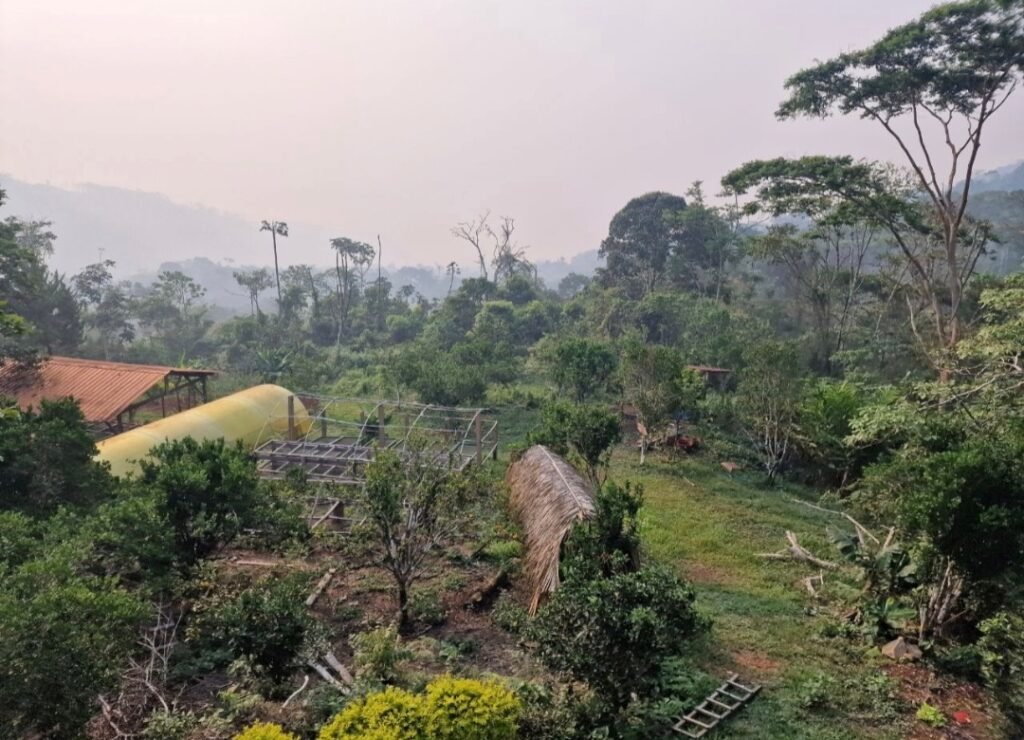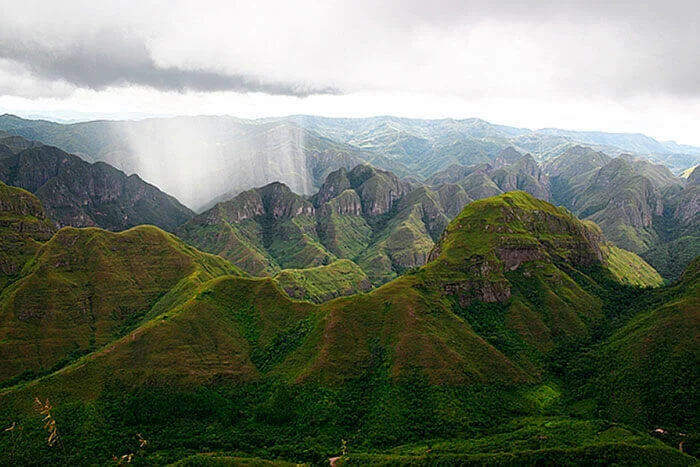
A few words about Northern Bolivia
is a fascinating and lesser-explored region of the country, offering a unique mix of natural beauty, indigenous culture, and rich history. The area is known for its diverse landscapes, from the high-altitude Andes mountains to the dense Amazon rainforest. Northern Bolivia is culturally rich, home to indigenous groups like the Quechua, Aymara, Guaraní, and Tupí, each with their own traditions, languages, and ways of life. it Is a region of contrasts, where the Andean highlands meet the Amazon rainforest, offering breathtaking landscapes, unique ecosystems, and rich cultural heritage.
WILDLIFE
Northern Bolivia is one of the most biodiverse regions in the world, particularly in places like Madidi National Park, which harbors a wide variety of plants, animals, and insects. Wildlife includes:
Monkeys (howler monkeys, spider monkeys)
Jaguars (though elusive, they are in the region)
Capybaras (the world’s largest rodent)
Pink dolphins
Exotic birds (macaws, parrots, toucans)
Poison dart frogs
Whether you’re seeking adventure in the jungle, hiking through cloud forests, or exploring remote indigenous villages, northern Bolivia provides an off-the-beaten-path experience that is both adventurous and culturally enriching. From wildlife encounters in the Amazon to exploring the rich history of the indigenous peoples, this region offers a chance to see a less-traveled side of Bolivia.
RURRENABAQUE
Rurrenabaque located about 300 km (186 miles) north from La Paz, is a charming little settlement on the Beni River in the Bolivian lowland. It is famous for its original inhabitants, who until today, have preserved their way of living, customs and traditions of their forefathers.
This area has achieved several recognitions for its wonderful nature as Best Green Destination World Travel Award or one of the 20 most important places on the planet (National Geographic).
Known as the gateway to the Madidi National Park and the Pampas (tropical wetlands), Rurrenabaque is a popular tourist hub for eco-tourism, wildlife viewing, and river cruises in the Amazon basin.
If you’re planning to visit and want to take a photo, Rurrenabaque offers some incredible photo opportunities of the lush rainforest, river cruises, and local wildlife. The best lighting for photos is often early in the morning or late afternoon, when the light is soft and the atmosphere is calm.

MADIDI NATIONAL PARK
Is one of the most biodiverse places on Earth and one of Bolivia’s most significant natural reserves. You will be able to feel the heart of the jungle beating and hear, even observe, its magnificent inhabitants such as armadillos, tapirs, and various birds.
It turns out that Madidi National Park will never cease to amaze you with the number of living beings that inhabit it, it has approximately 867 species of birds and around 150 types of mammals. Not to mention its many fish, amphibians, and reptiles such as the green iguana, Madidi is the perfect habitat as it spans an incredible range of ecosystems, from the Andean foothills to the dense Amazon rainforest, covering an area of over 18,900 square kilometers (7,300 square miles).

YACUMA PAMPAS
A place with the greatest fauna and flora. You will get to know, one of the most diverse places in the world. An unforgettable experience.
TO DO IN YACUMA PAMPAS
Stay in an Ecolodge, part of a rural community project of the natives, walking in the forest.
Navigate the Yacuma River, where the most famous being of the pampas lives: the pink
dolphin. Boat down the Amazon River, enjoying the pink sunset in the company of pink dolphins leaping by your side.
The Anaconda or Sicuri snake, along with the caiman, also characterize these territories of the Bolivian Amazon.








